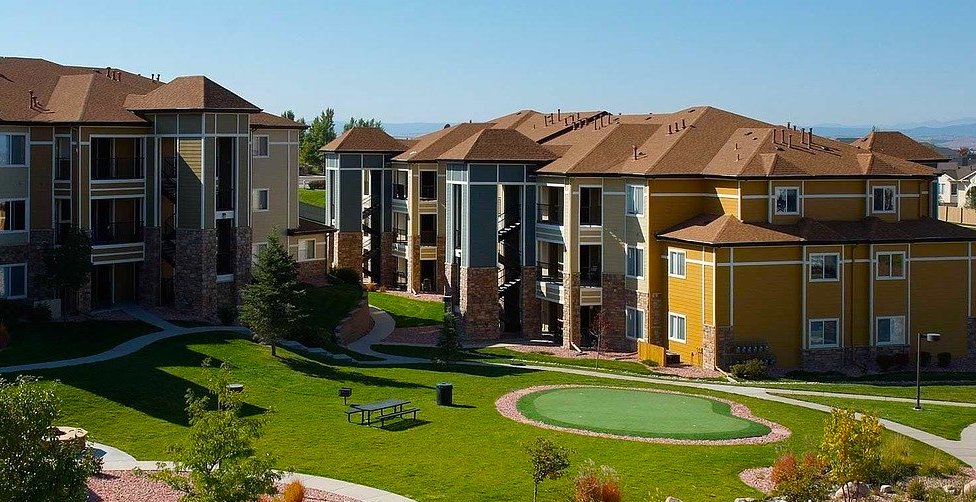Let me begin by saying, on behalf of all of us at Multifamily Design+Construction and our parent company, SGC Horizon, that I wish you and your family, friends, and coworkers well amid the turmoil of this terrible pandemic.
Turning to more mundane matters, multifamily seems to be one sector in the construction industry that’s holding its own. The AIA’s Architectural Billing Index for August showed multifamily at a three-month rolling index of 47.5—not great (a score above 50 indicates positive growth), but well above mixed-practice (44.0), institutional (39.5), and commercial/industrial (35.4). AIA Chief Economist Kermit Baker, PhD, Hon. AIA, ventured so far as to say that multifamily “came close to seeing billings growth for July” (the last month measured).
Some positives for multifamily housing
Baker’s opinion was confirmed by Brad Hunter, former Managing Director at RCLCO (now Principal at Hunter Housing Economics), in a segment (https://bit.ly/3lVZ1QM) of “The Weekly” (horizontv.bdcnetwork.com), our new streaming service (Thursdays, 1pm Eastern).
Citing RCLCO’s Mid-Year 2020 Sentiment Survey, Hunter said most analysts believed multifamily rental and active-adult housing had “already hit bottom,” although independent living and assisted living/memory care were “still in full downturn mode.”
In speaking to many multifamily architects and contractors over the summer I came away with the feeling that, while their businesses had suffered a huge hit in March, April, and early May, conditions had started to brighten in late May and June—not gangbusters, to be sure, but steady improvement that continued into the Labor Day weekend.
Student housing in turmoil
I interviewed Mitch Dalton, Chief Director of Design at Core Spaces, in early July for “The Weekly” (https://bit.ly/3i6zzFB) about his company’s survey of 2,500 of its tenants—students who live in Core Spaces’ off-campus housing. Ninety percent said they wanted to come back to campus. Most (73%) said they would return to their off-campus apartments even if their institutions offered only online instruction. Most (60%) said they were dissatisfied with remote learning. Even so, four in five (80%) said they would rather study remotely in their college apartments than at home.
A month after my chat with Dalton, many of the nation’s more than 4,000 colleges and universities were still struggling with whether to open for in-person instruction, go fully remote, or try some sort of hybrid scheme. Most eventually went 100% online, but some, notably the University of North Carolina at Chapel Hill, opened up the campus, only to have to shut down a week later when clusters of Tar Heels started testing positive for the virus. What a mess. Let’s hope for a proven vaccine soon. Meanwhile, please keep safe, wear your mask (and PPE on the job site), wash your hands, and maintain a safe distance.
Related Stories
| Nov 7, 2014
Prefab helps Valparaiso student residence project meet an ambitious deadline
Few colleges or universities have embraced prefabrication more wholeheartedly than Valparaiso (Ind.) University. The Lutheran-based institution completed a $27 million residence hall this past summer in which the structural elements were all precast.
| Nov 3, 2014
Novel 'self-climbing' elevator operates during construction of high-rise buildings
The JumpLift system from KONE uses a mobile machine room that moves upward as the construction progresses, speeding construction of tall towers.
| Nov 3, 2014
Cairo's ultra-green mixed-use development will be topped with flowing solar canopy
The solar canopy will shade green rooftop terraces and sky villas atop the nine-story structure.
| Oct 31, 2014
Dubai plans world’s next tallest towers
Emaar Properties has unveiled plans for a new project containing two towers that will top the charts in height, making them the world’s tallest towers once completed.
| Oct 29, 2014
Better guidance for appraising green buildings is steadily emerging
The Appraisal Foundation is striving to improve appraisers’ understanding of green valuation.
| Oct 27, 2014
Studio Gang Architects designs residential tower with exoskeleton-like exterior for Miami
Jeanne Gang's design reinvents the Florida room with shaded, asymmetrical balconies.
| Oct 21, 2014
Passive House concept gains momentum in apartment design
Passive House, an ultra-efficient building standard that originated in Germany, has been used for single-family homes since its inception in 1990. Only recently has the concept made its way into the U.S. commercial buildings market.
| Oct 21, 2014
Perkins Eastman white paper explores state of the senior living industry in the Carolinas
Among the experts interviewed for the white paper, there was a general consensus that the model for continuing-care retirement communities is changing, driven by both the changing consumers and more prevalent global interest on the effects of aging.
| Oct 16, 2014
Perkins+Will white paper examines alternatives to flame retardant building materials
The white paper includes a list of 193 flame retardants, including 29 discovered in building and household products, 50 found in the indoor environment, and 33 in human blood, milk, and tissues.
| Oct 15, 2014
Harvard launches ‘design-centric’ center for green buildings and cities
The impetus behind Harvard's Center for Green Buildings and Cities is what the design school’s dean, Mohsen Mostafavi, describes as a “rapidly urbanizing global economy,” in which cities are building new structures “on a massive scale.”
















